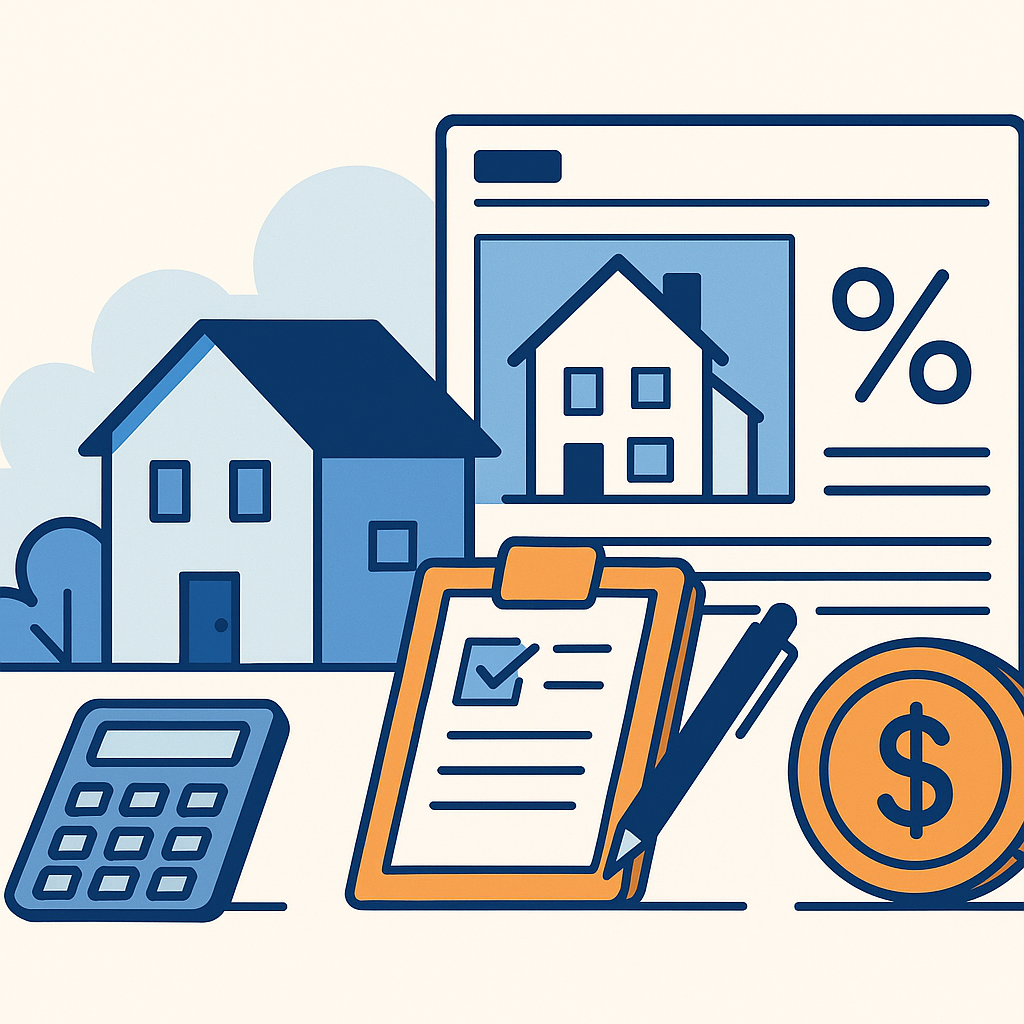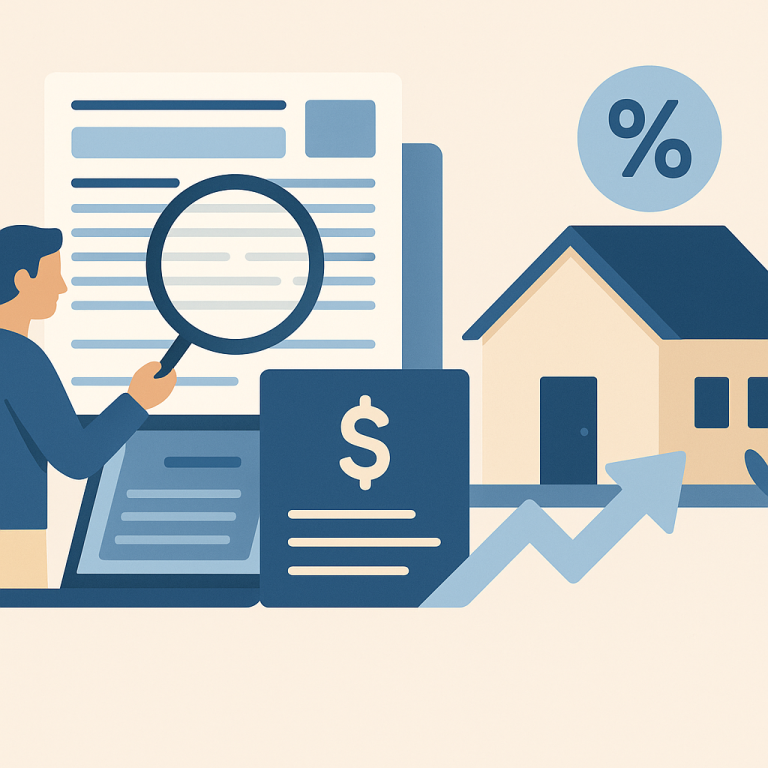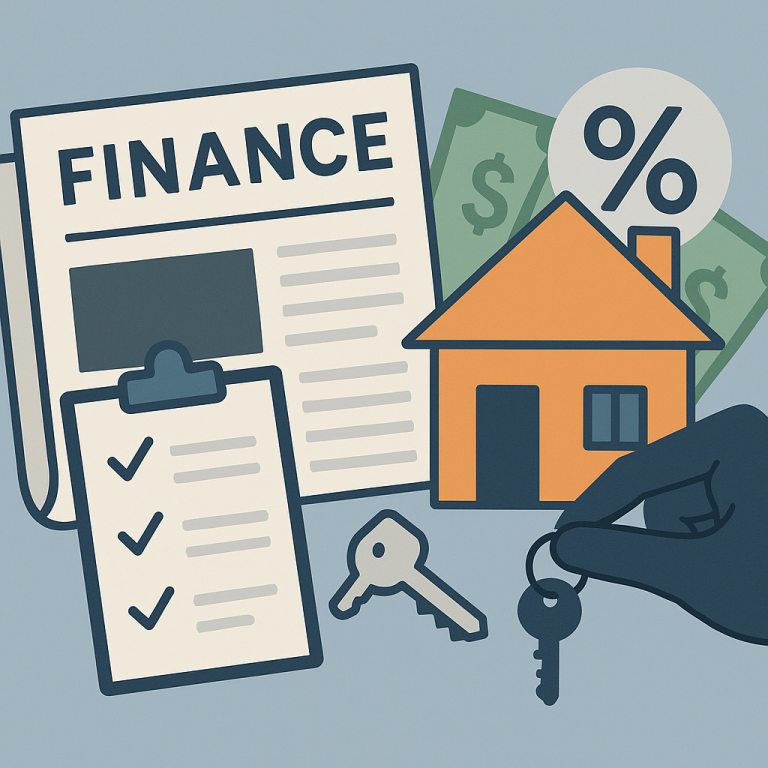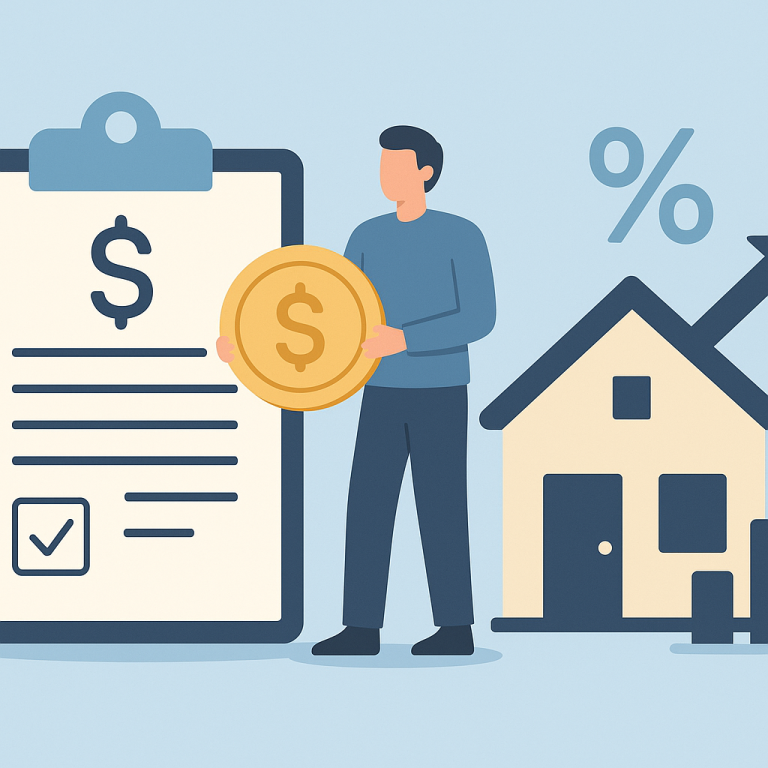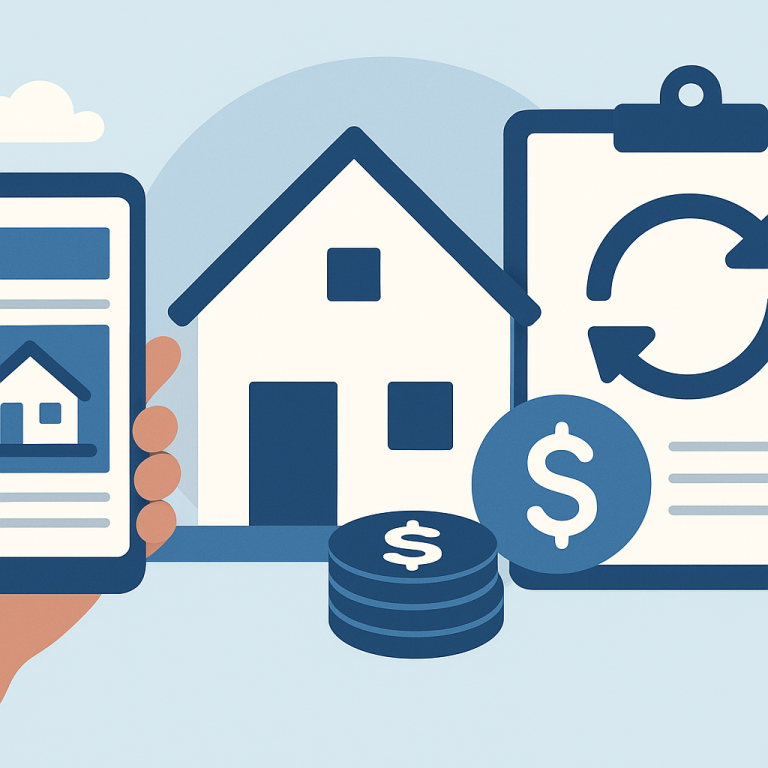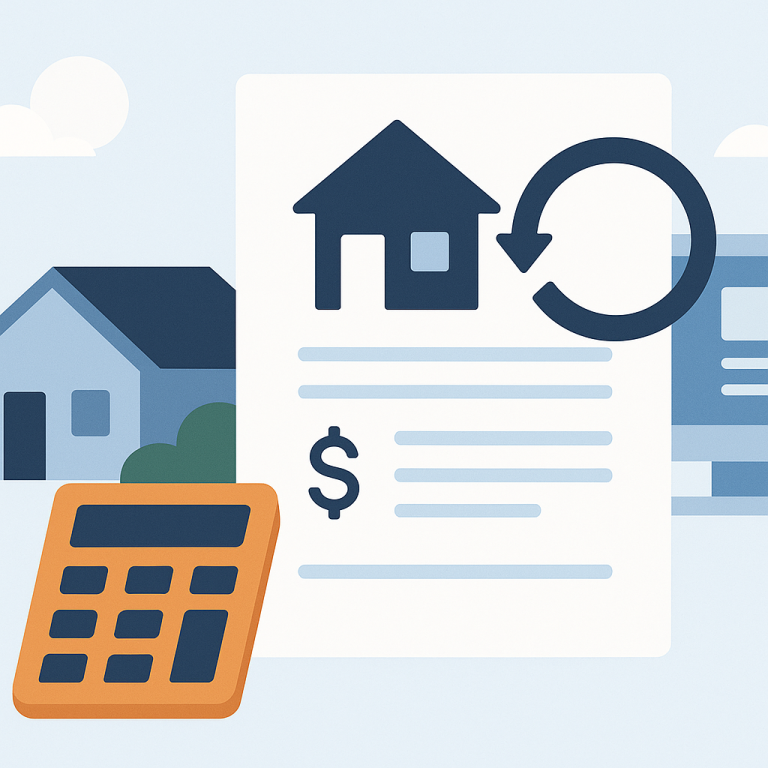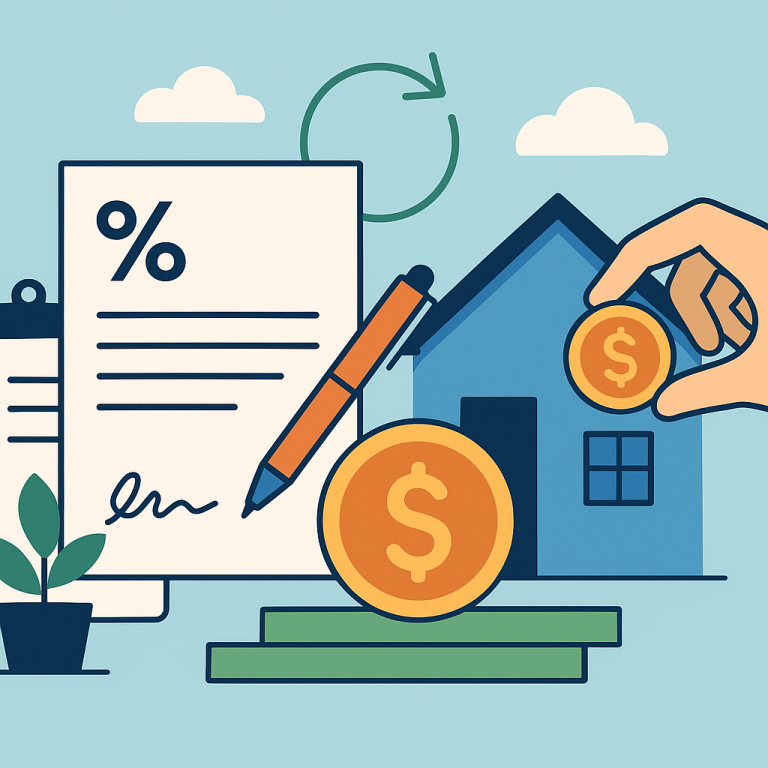Major Lenders Slash Refinance Fees, Boosting Homeowner Savings
Refinancing Uptick as Rates Soften Prompts Homeowners to Reassess Loans
Mortgage refinancing activity has shown signs of renewed momentum after a period of dormancy, as longer-term interest rates have eased from recent peaks. Homeowners carrying higher-rate mortgages are increasingly evaluating whether refinancing can reduce monthly payments, shorten loan terms or enable targeted debt consolidation through cash-out options. Lenders report renewed interest across a range of credit profiles, with many prospective borrowers seeking quotes and comparing scenarios before committing.
What’s driving the renewed interest
Two primary dynamics are encouraging refinancing inquiries. First, the general decline in longer-term yields has reduced the headline cost of borrowing compared with the higher-rate environment of the prior year. Second, consumer attention has shifted toward optimizing household cash flow and preserving savings in the face of ongoing economic uncertainty. Together, these factors are prompting homeowners to re-run the numbers on their existing mortgages.
How lenders and borrowers are behaving
Lenders are responding with renewed marketing and promotional offers aimed at persuading existing borrowers to refinance. At the same time, underwriting remains selective: credit history, loan-to-value ratios and documentation standards are still important determinants of pricing and approval. Borrowers who have improved their credit or built more equity since taking their current mortgage may find more attractive terms than those available when they originally financed.
Key homeowner takeaways
- Assess the break-even point: Compare closing costs and fees to projected monthly savings to determine how long it will take for a refinance to pay for itself.
- Consider loan term trade-offs: Refinancing to a lower rate while extending the term can reduce payments but may increase total interest paid over the life of the loan; moving to a shorter term can save interest but raise monthly payments.
- Check your equity and credit profile: More equity and a stronger credit score generally improve access to better rates and reduce the risk of higher pricing or denial.
- Be cautious with cash-out refinances: Using refinance proceeds for nonessential spending can undermine long-term financial goals; evaluate whether other options, such as a home equity line of credit, better match your needs.
- Shop and compare offers: Rate quotes, lender fees and borrower incentives vary. Obtain multiple estimates and read fee disclosures closely to compare apples to apples.
- Timing and rate locks matter: Given the potential for rate movement, decide on a strategy for locking a quoted rate based on how long you expect the transaction to take.
Outlook and practical next steps
Refinancing is most attractive when the expected savings align with homeowners’ financial goals and time horizons. For those with significantly higher existing rates or improved financial positions, the current environment presents an opportunity to lower costs or shorten terms. Conversely, borrowers who expect to move in the near term or who would only achieve marginal savings should weigh the costs carefully.
Practical next steps include running a detailed refinance calculator, obtaining multiple loan estimates, and speaking with a trusted mortgage professional to review scenarios specific to your situation. Preparing recent pay stubs, tax returns and documentation of assets in advance can streamline the process if you decide to move forward.
META: refinancing-uptick-rates-soften-homeowner-takeaways

